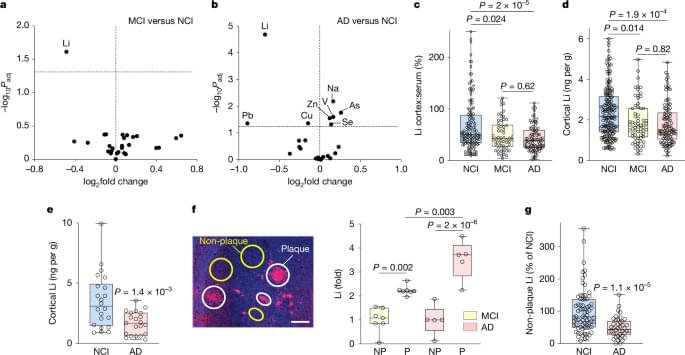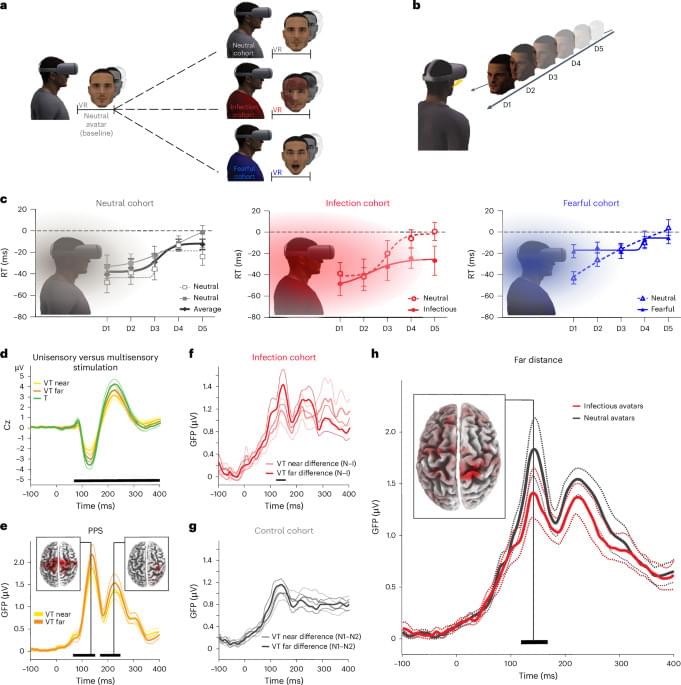Cyclic peptides, with their unique structures and versatile biological activities, hold great potential for combating skin aging issues such as wrinkles, laxity, and pigmentation. However, traditional discovery methods relying on iterative synthesis and screening are labor-intensive and resource-intensive. Here, we present an integrated platform combining automated rapid cyclopeptide synthesis, virtual screening, and biological activity assessment, enabling the transformation of designed cyclic peptide sequences into chemical entities within minutes with high crude purity. Using ADCP docking with the ADFR suite, we identified a series of novel cyclic peptides targeting JAK1, Keap1, and TGF-β proteins.







